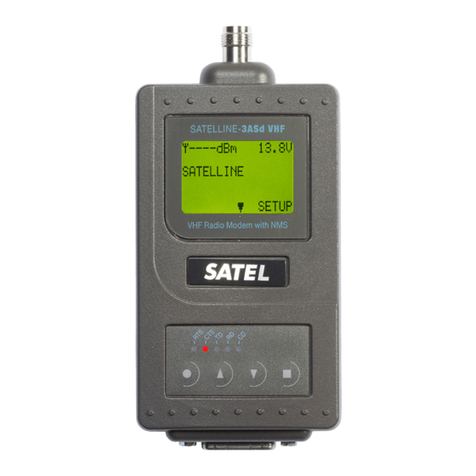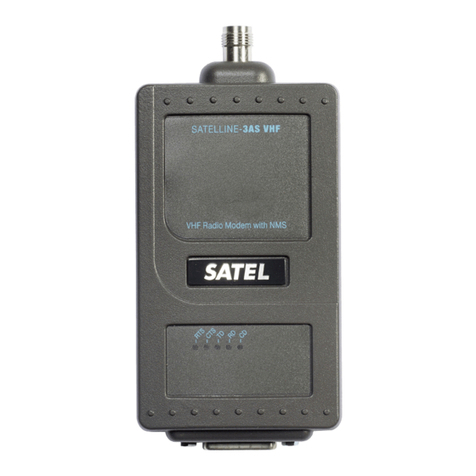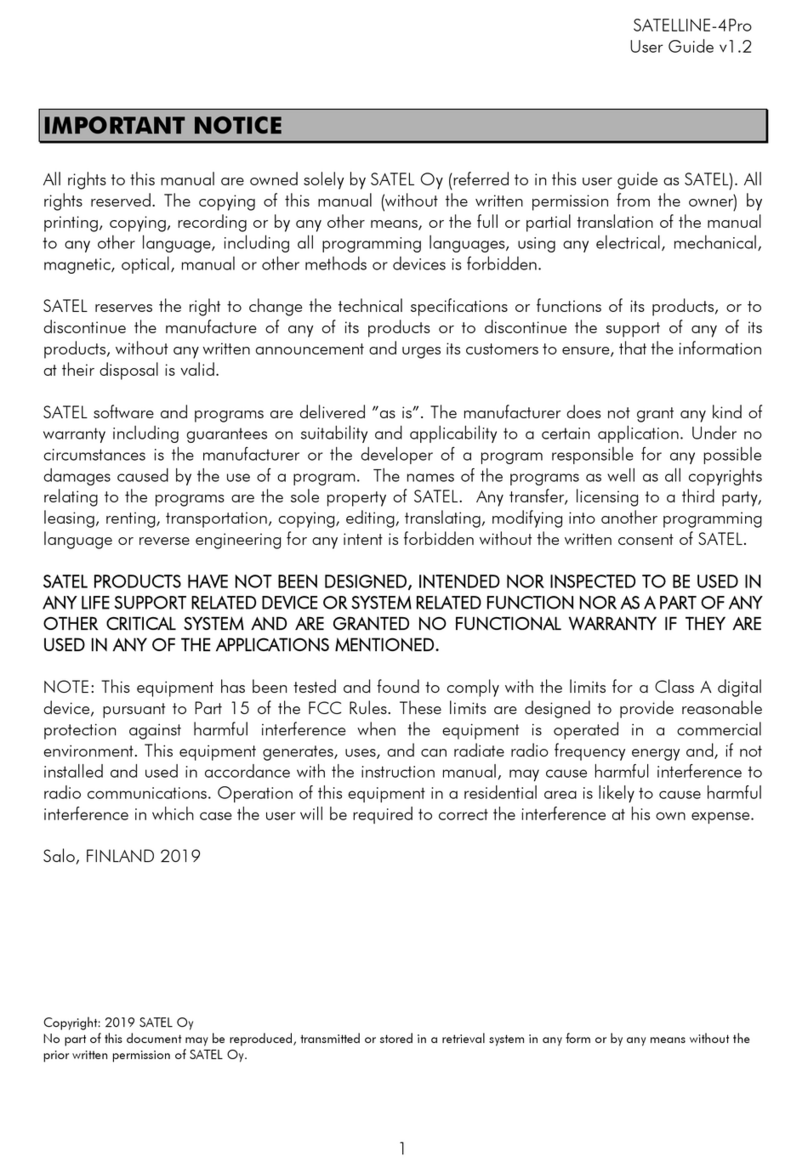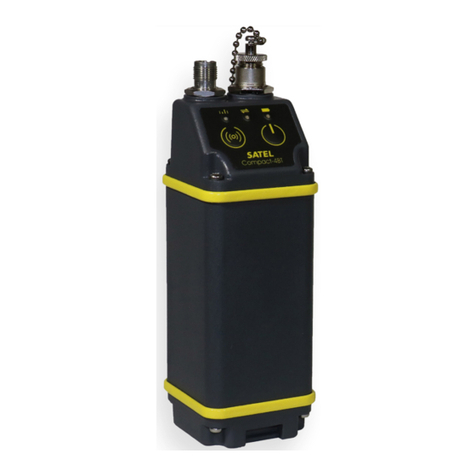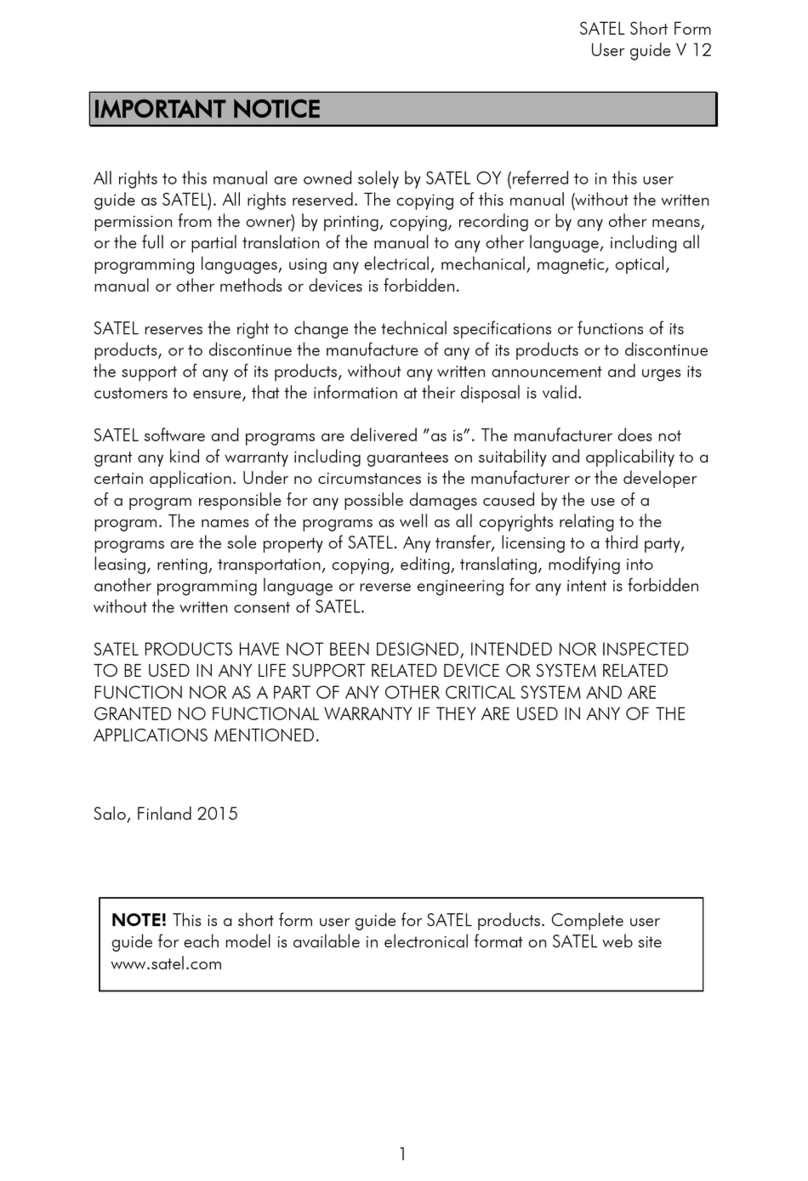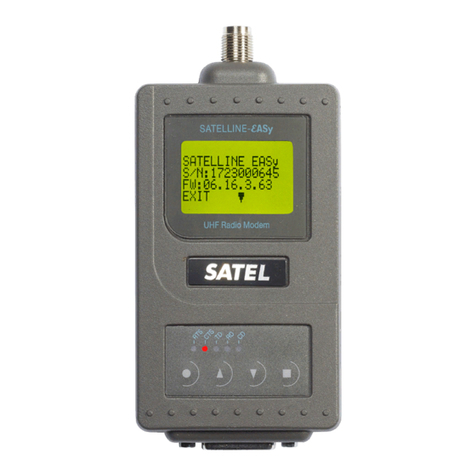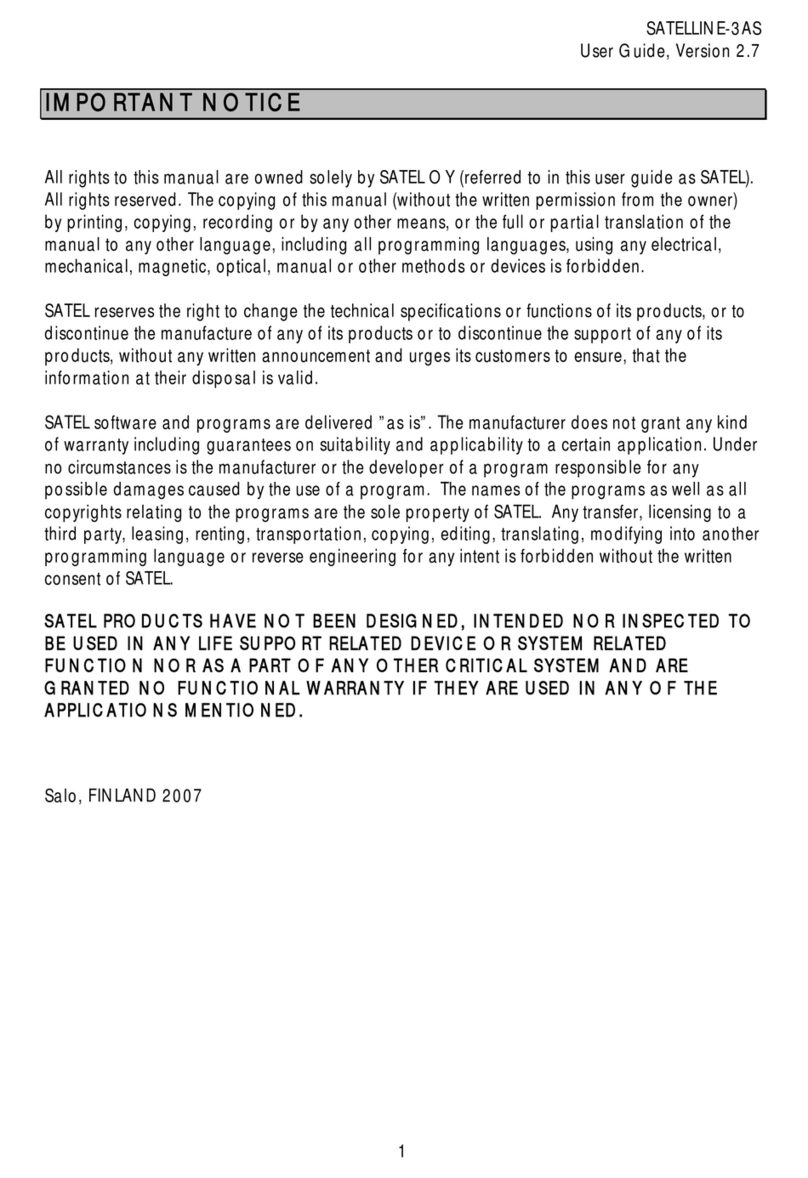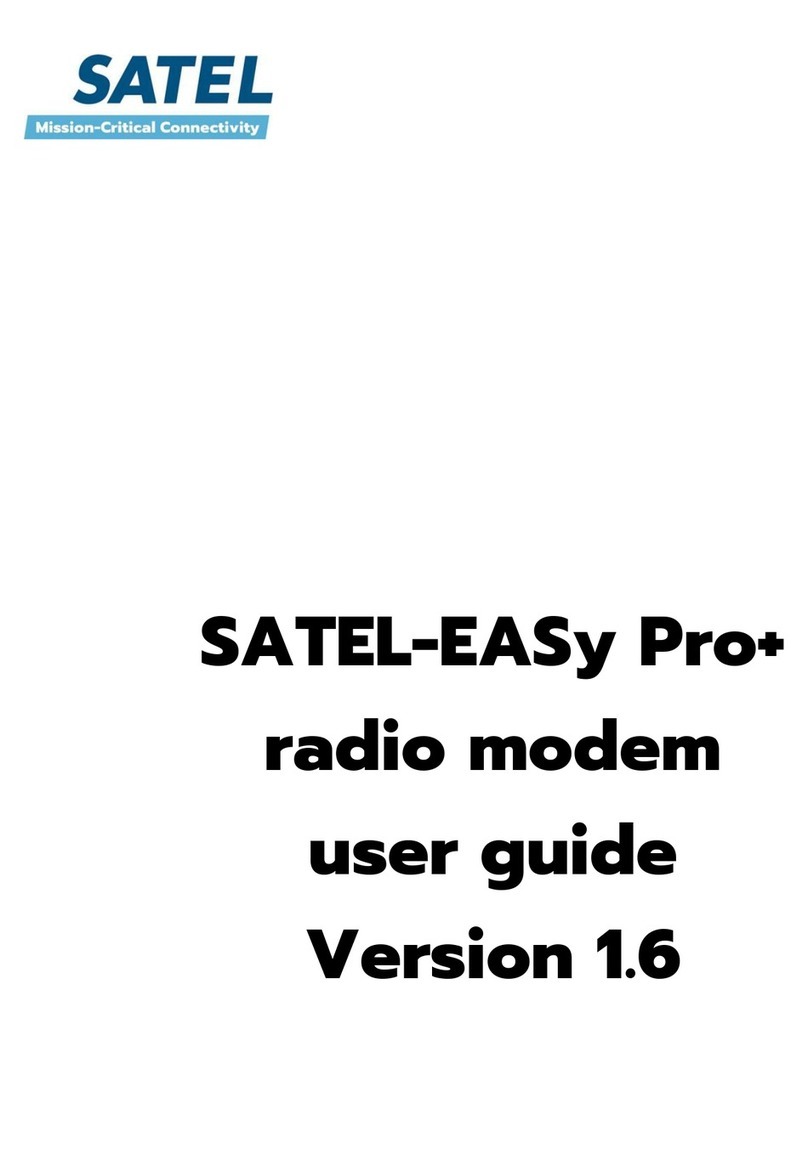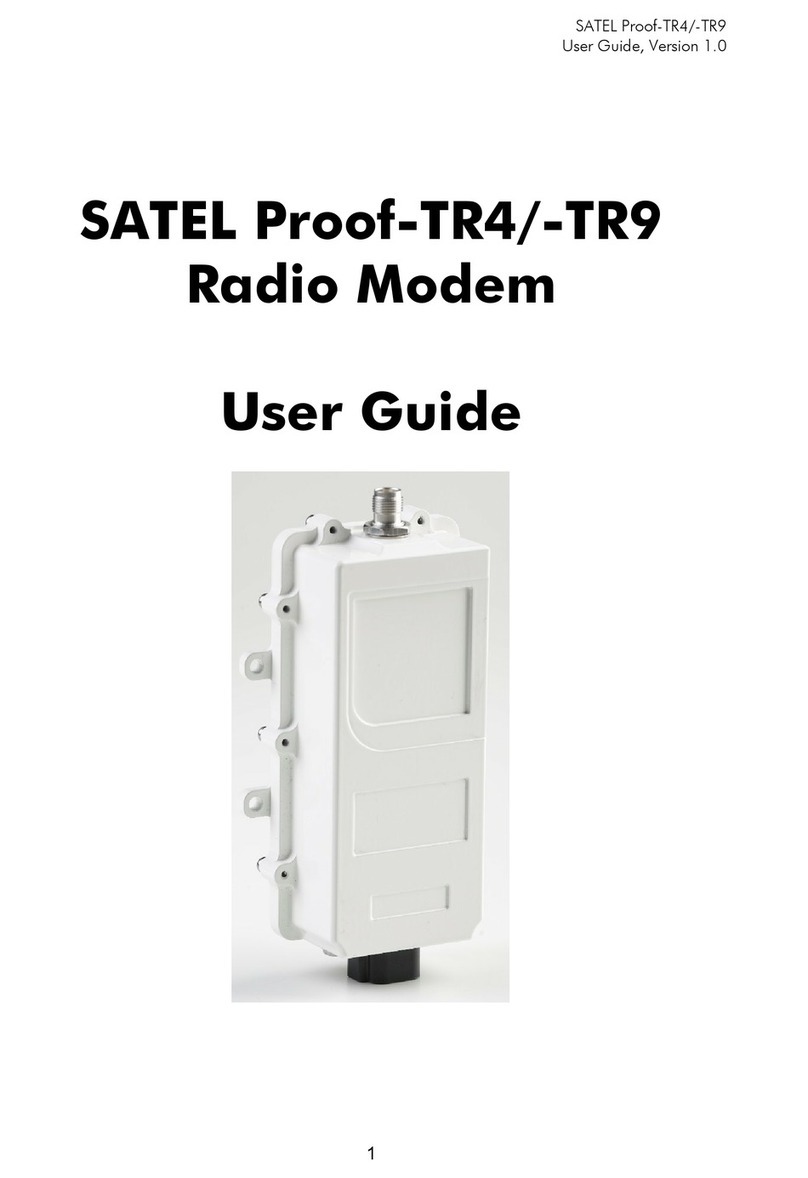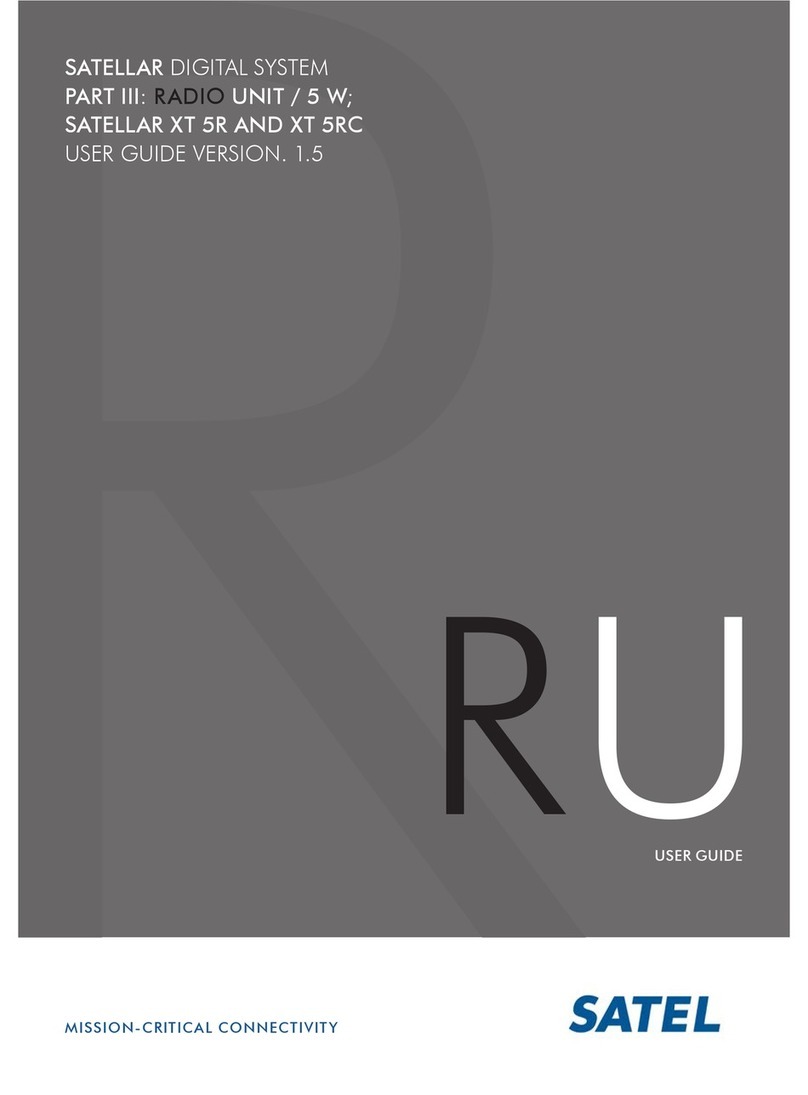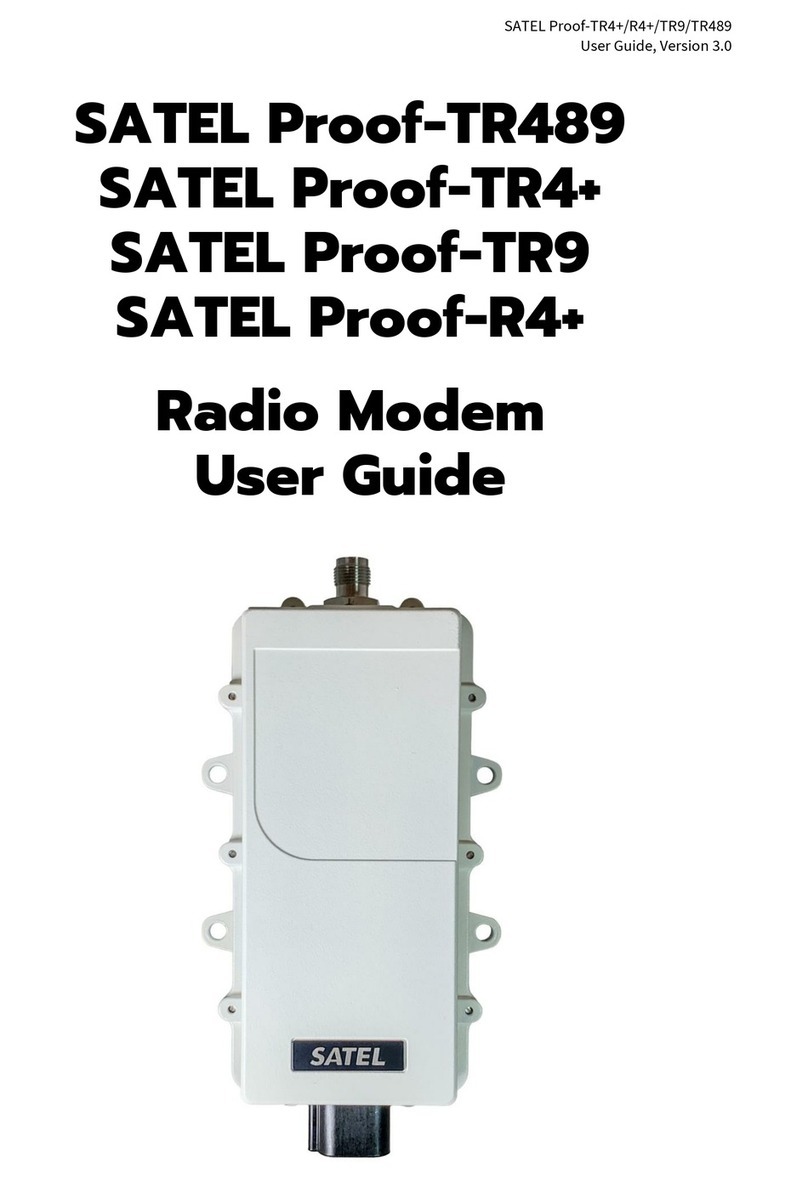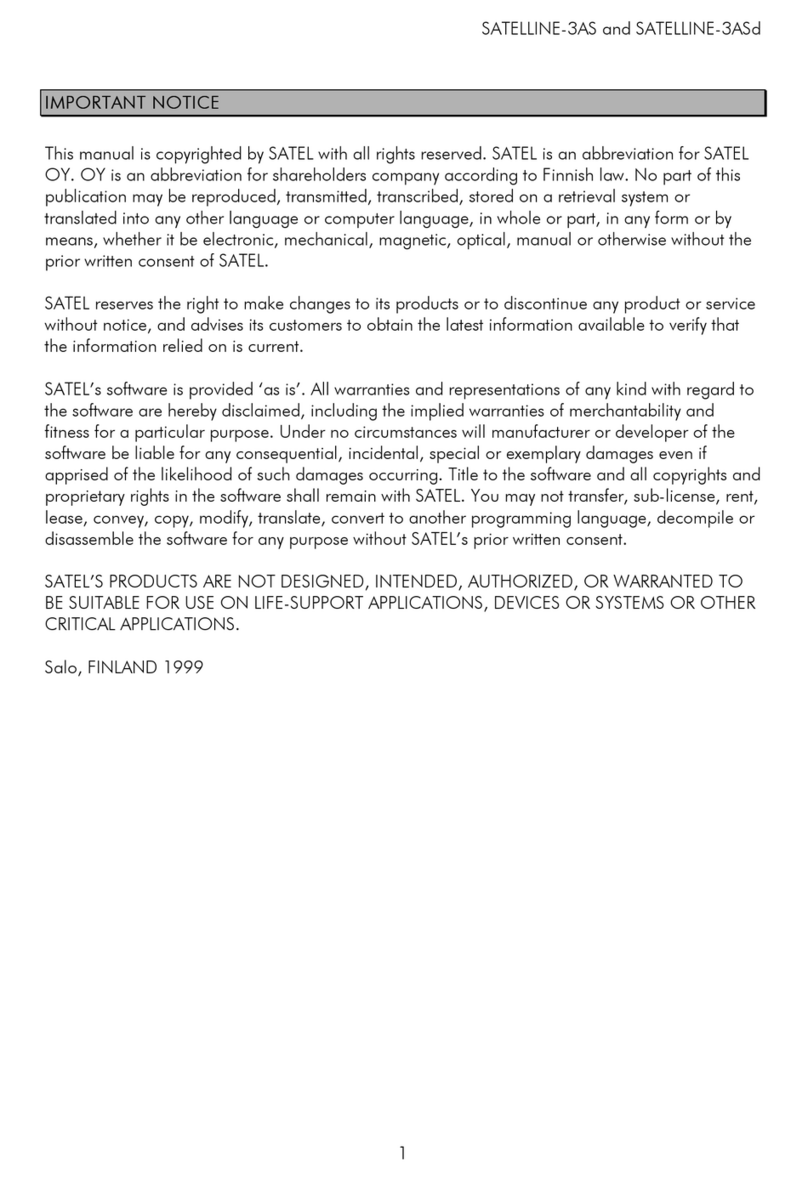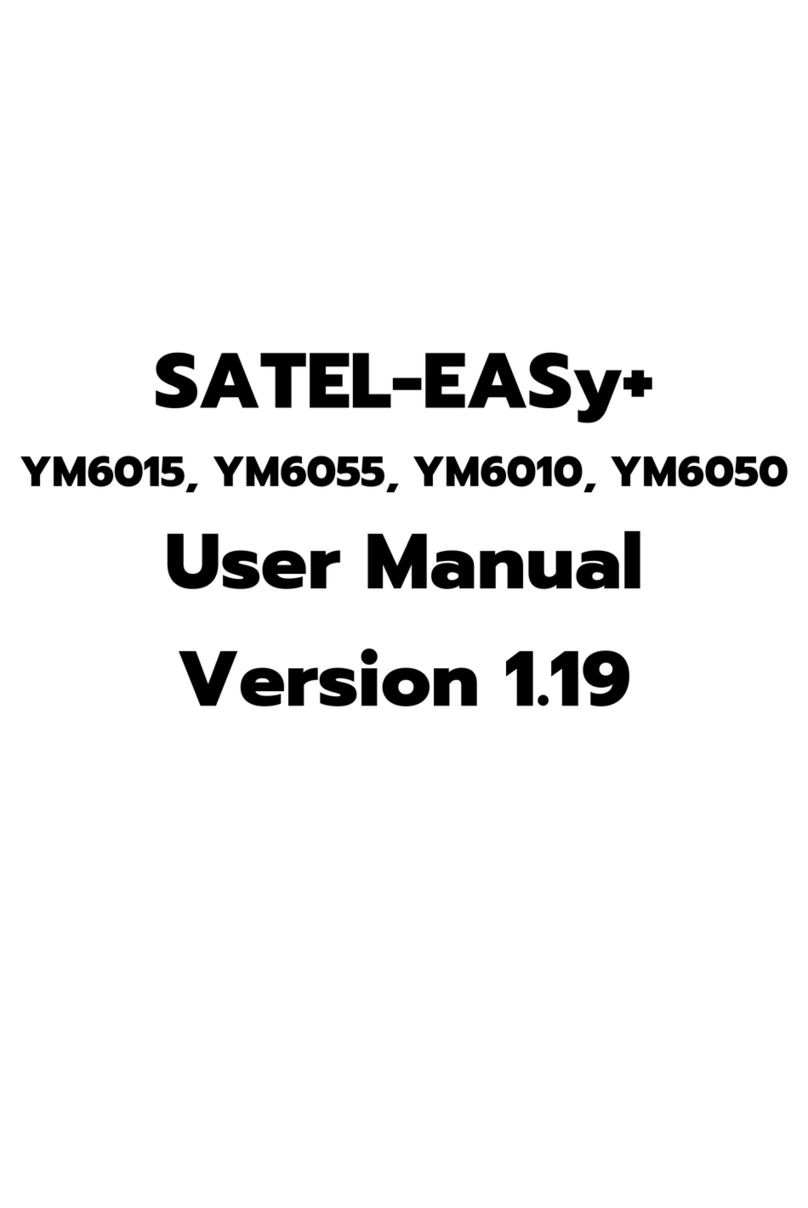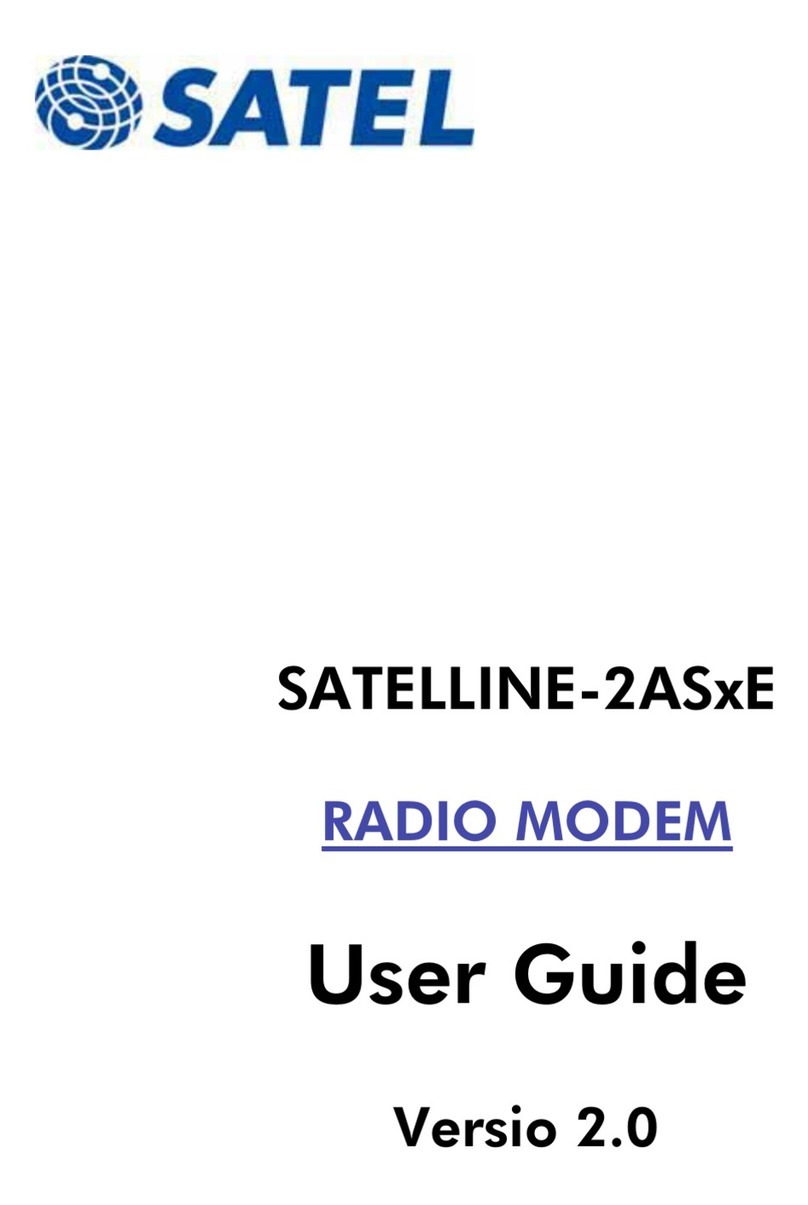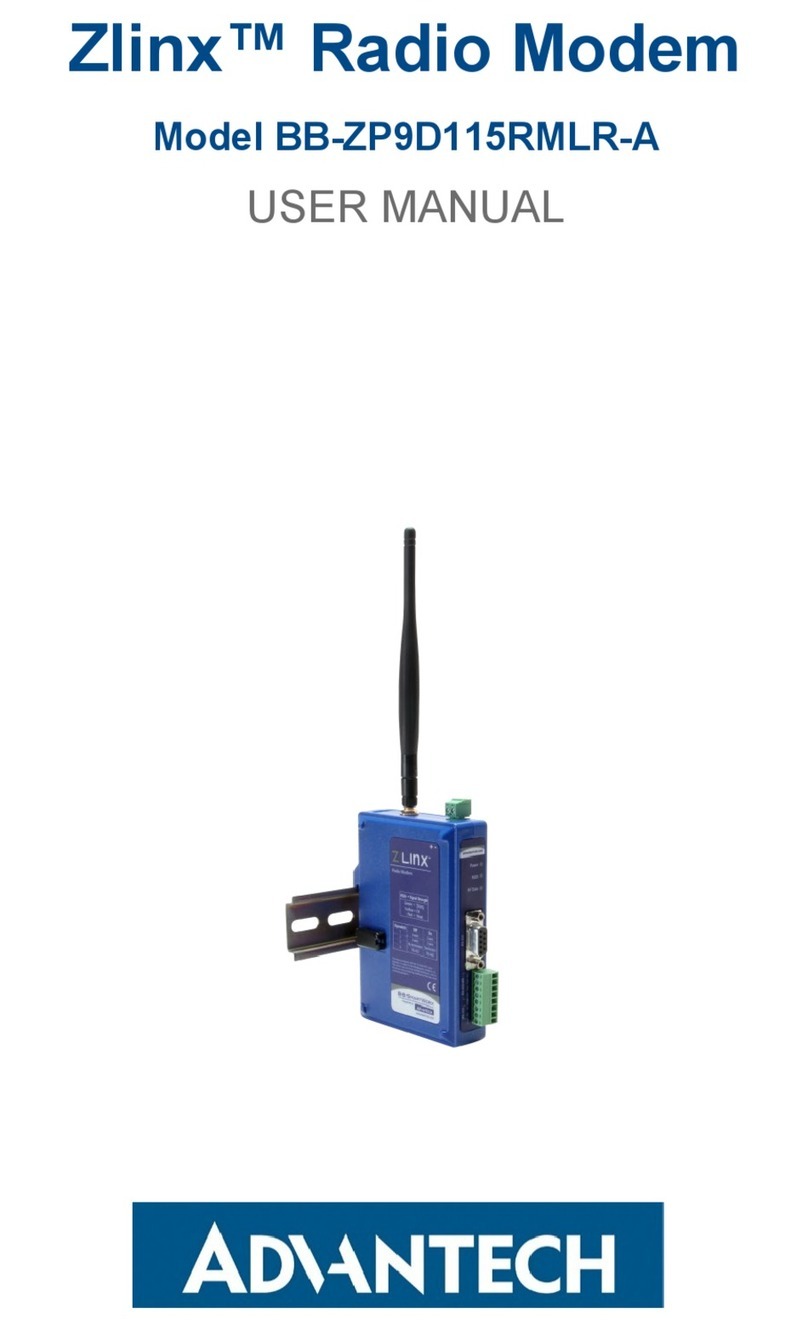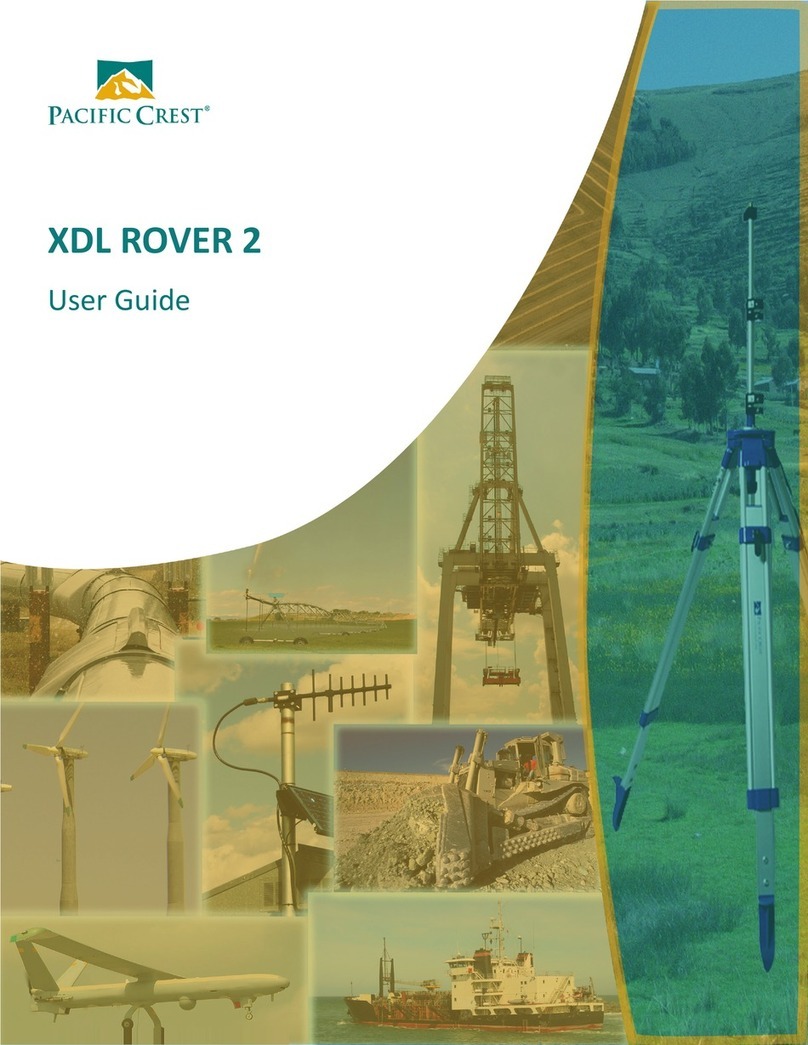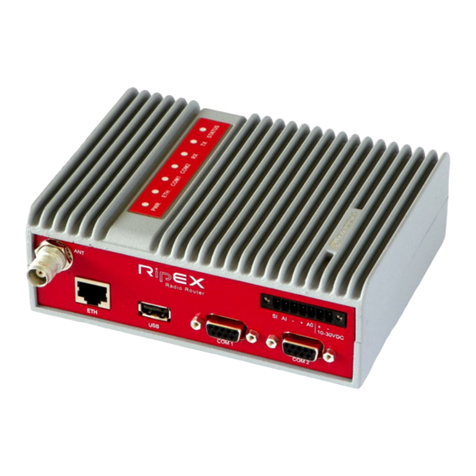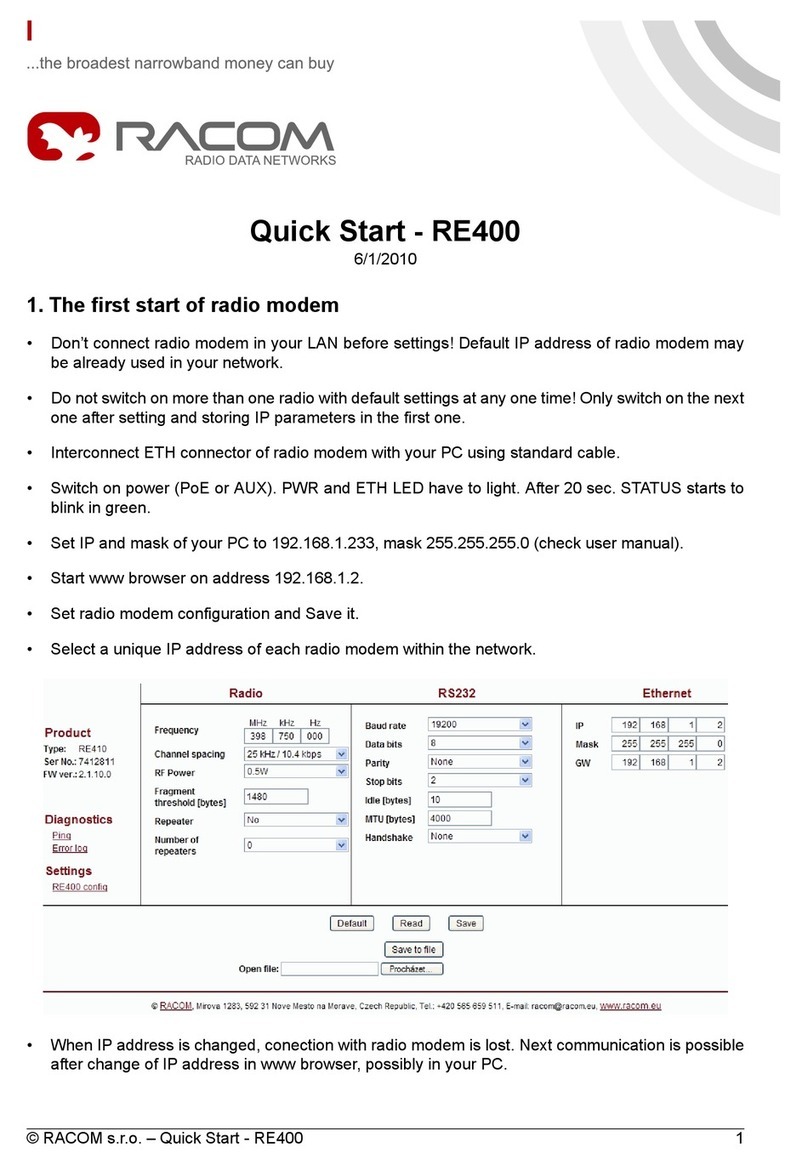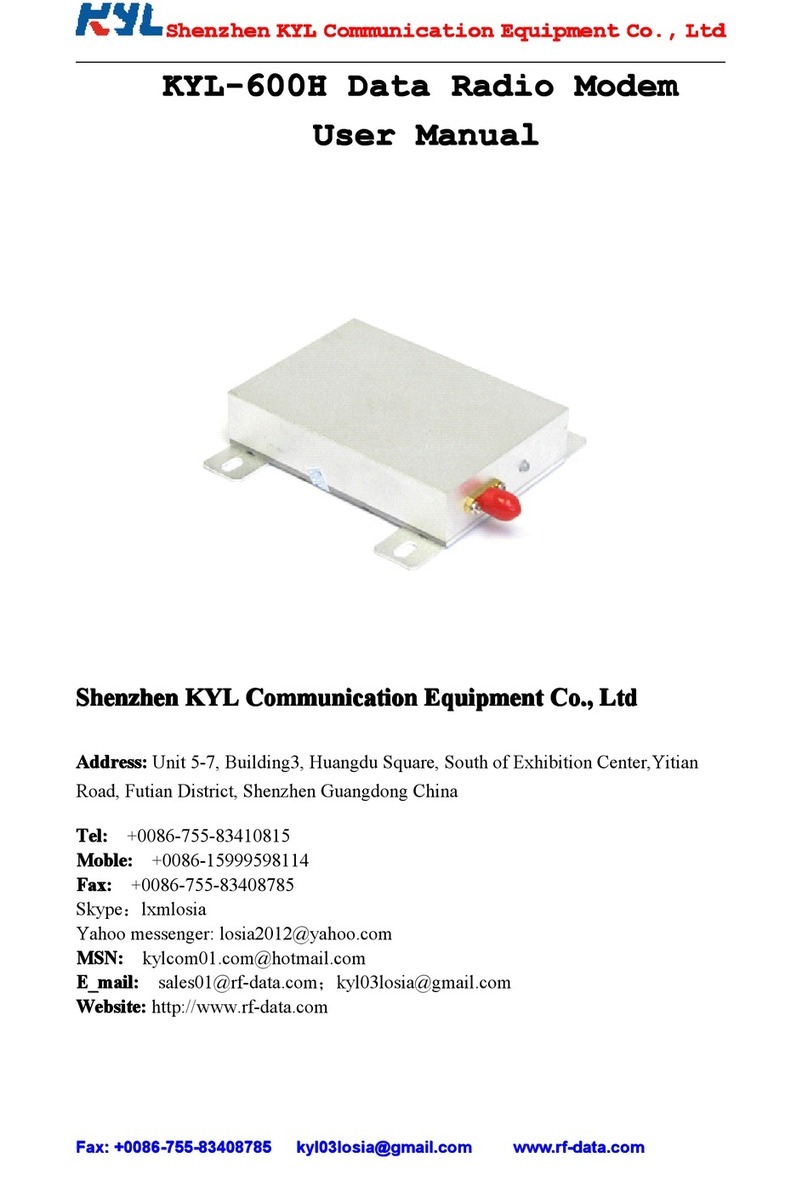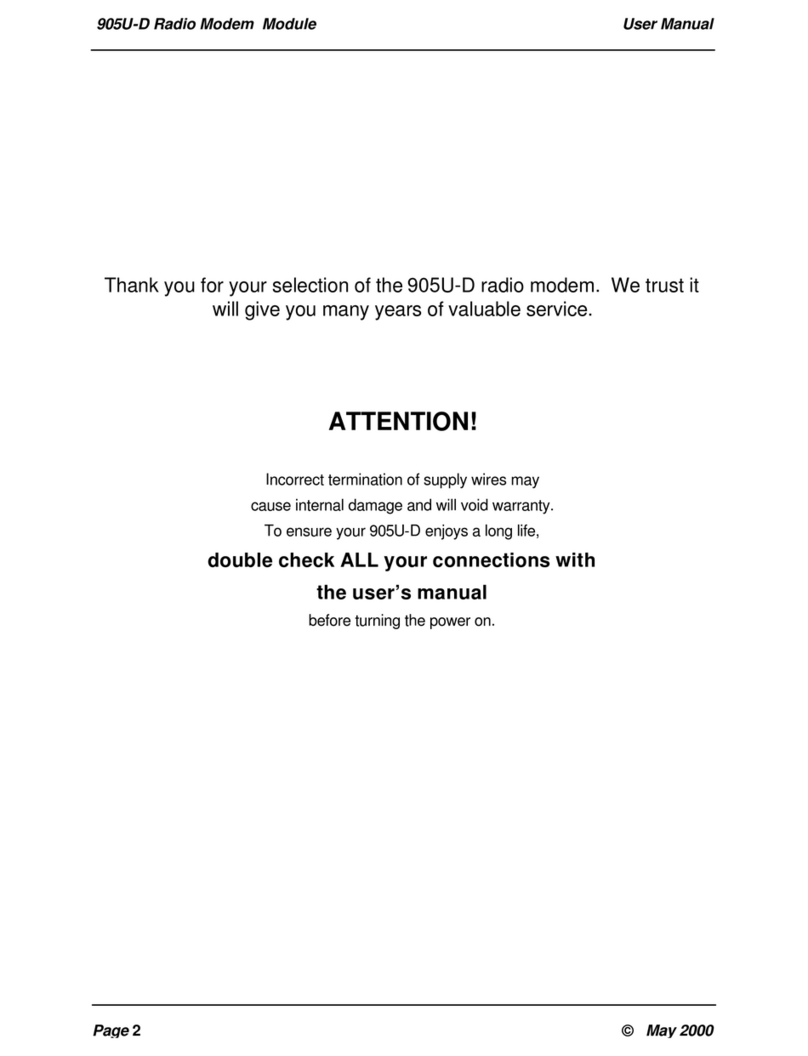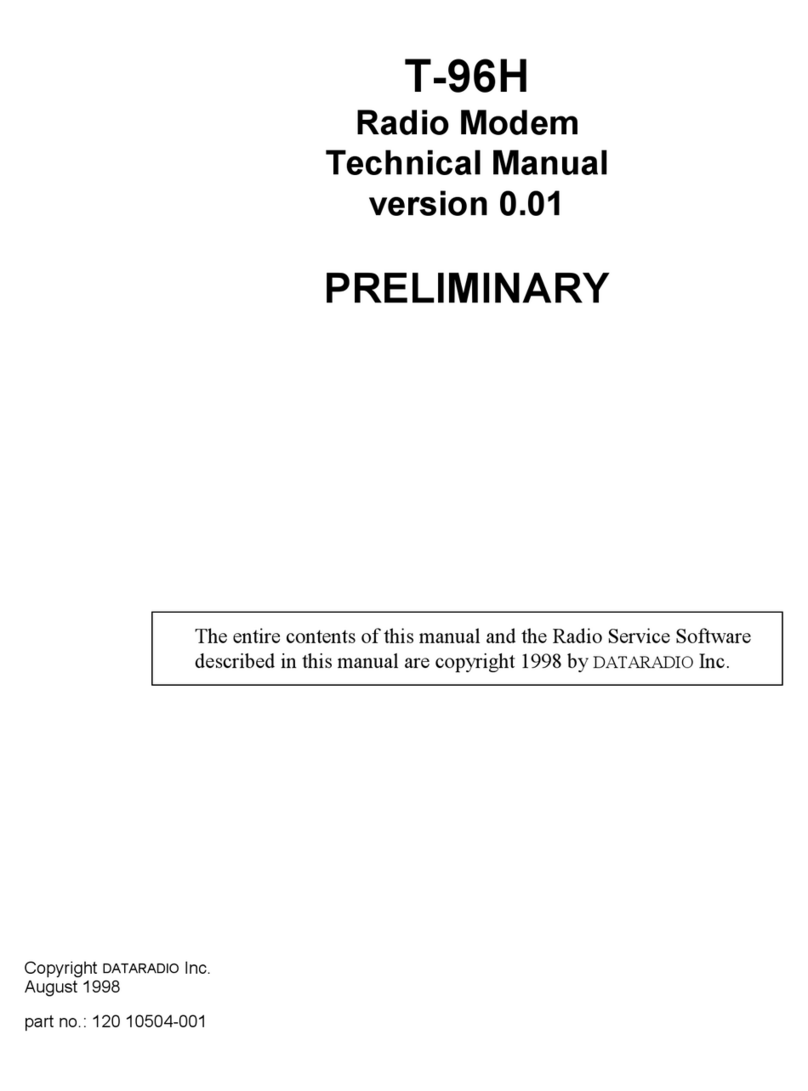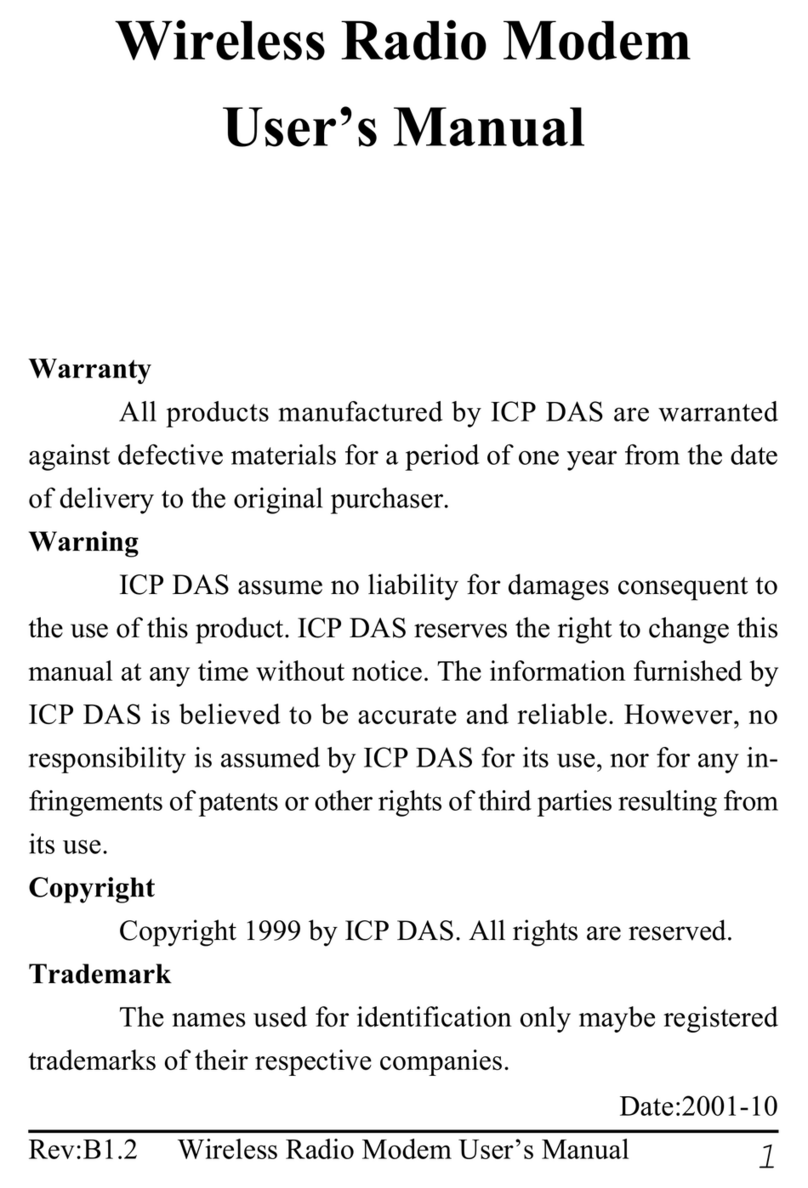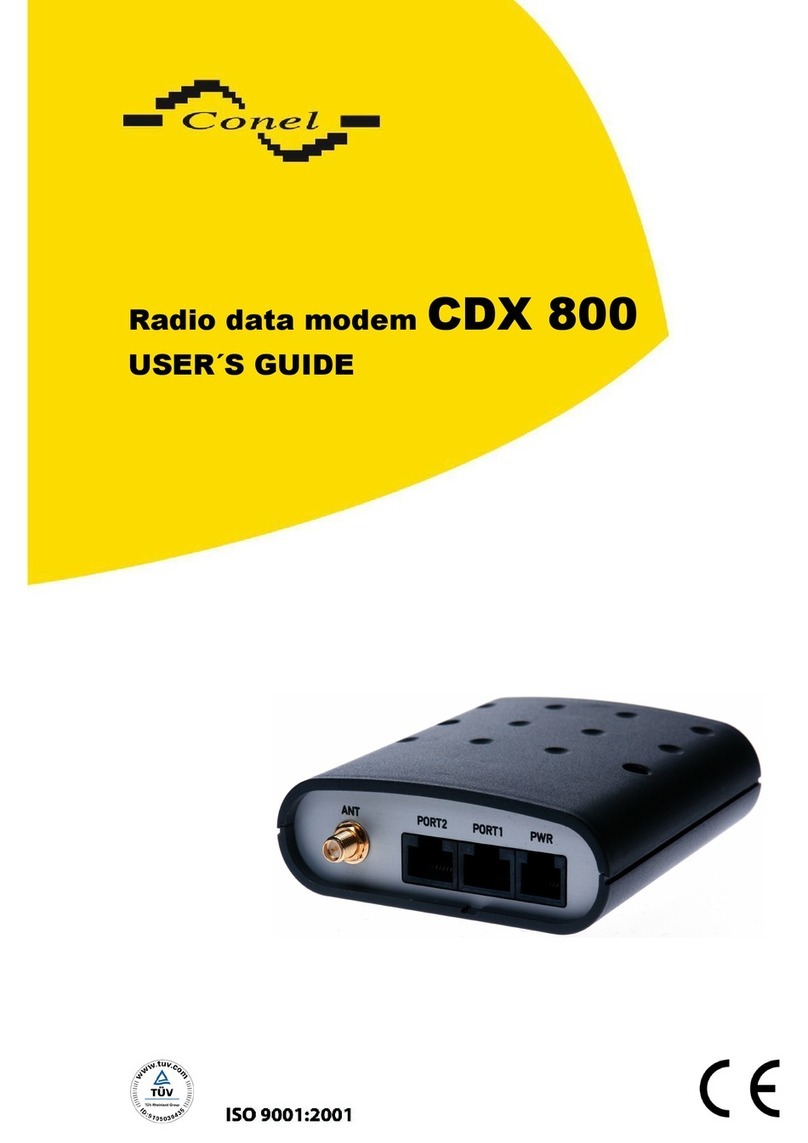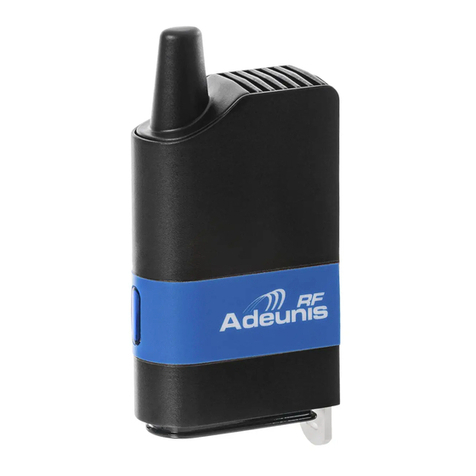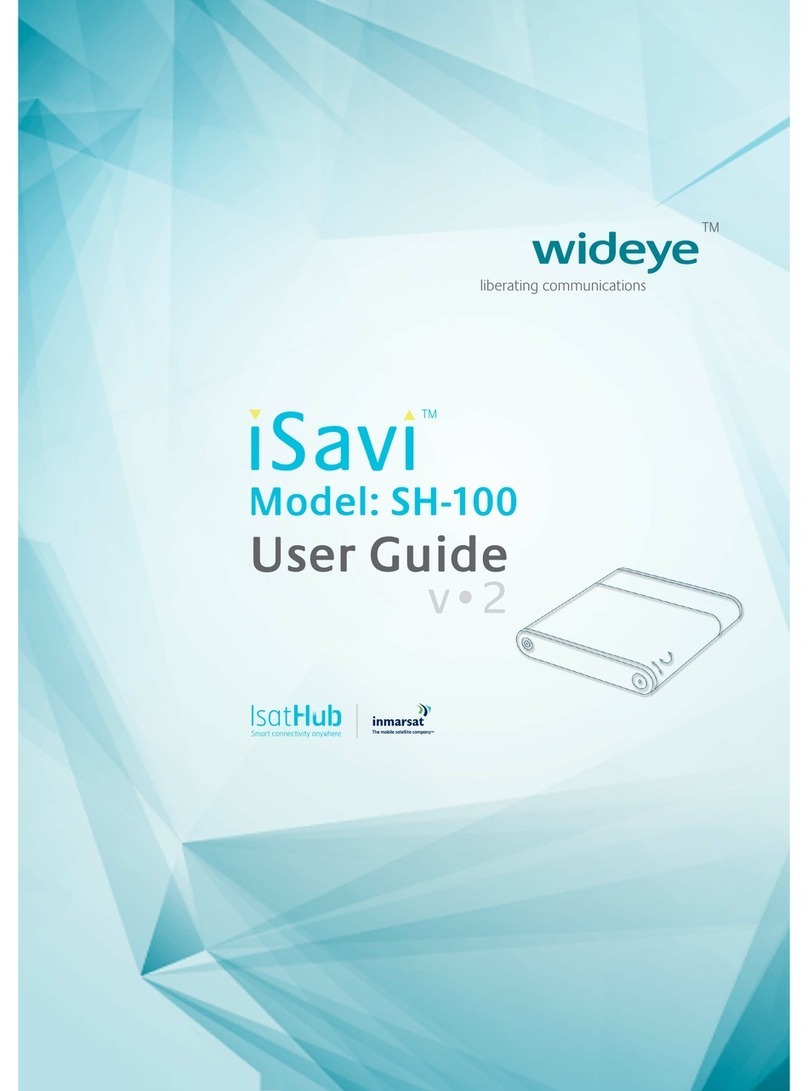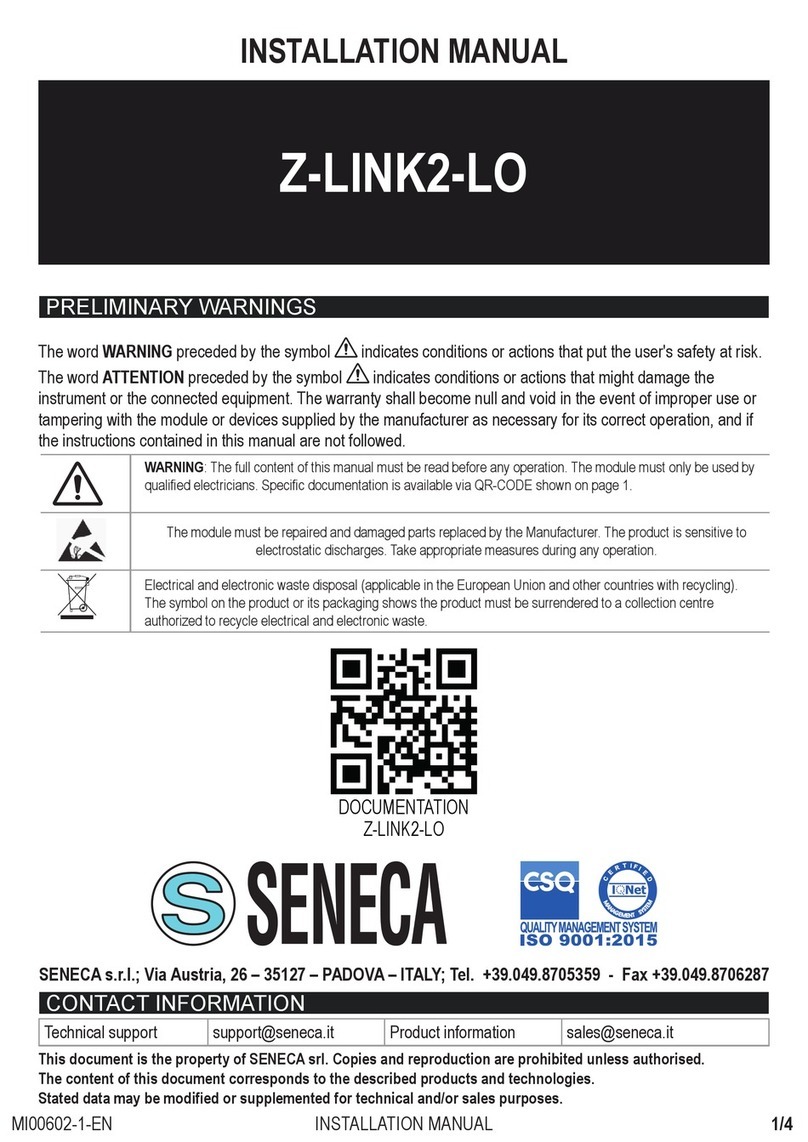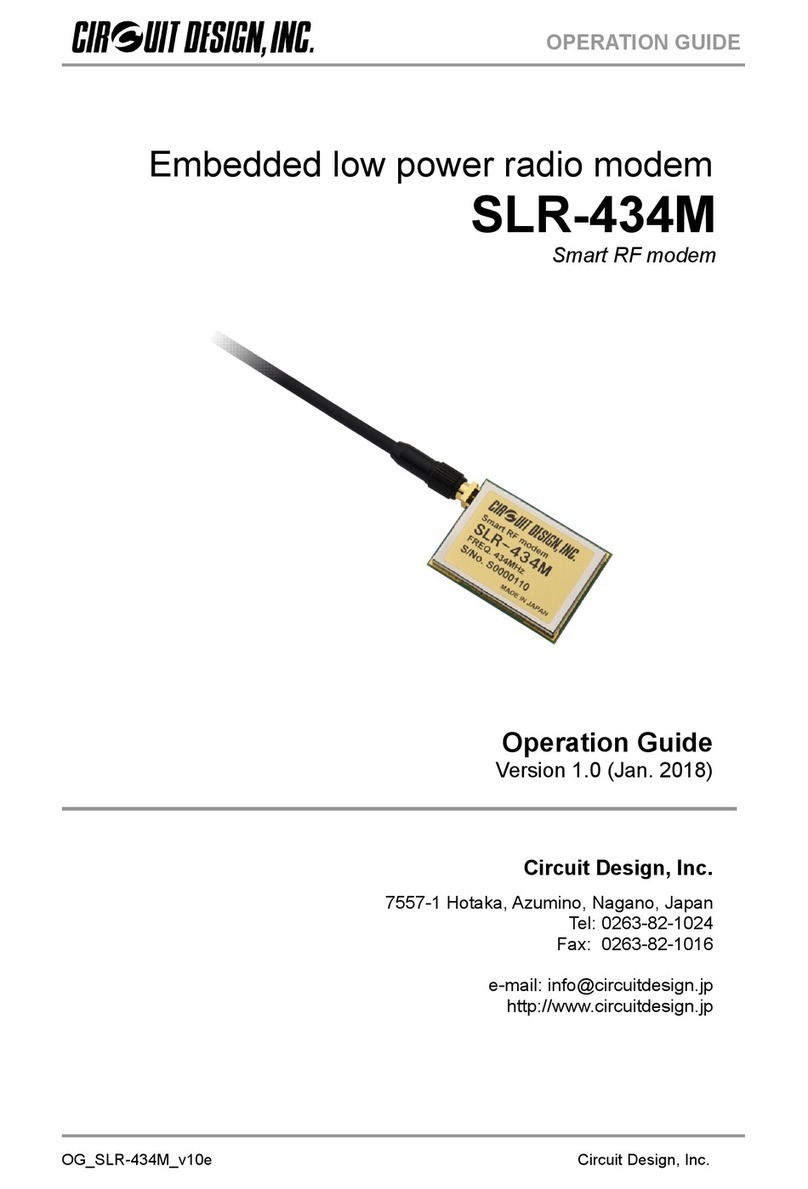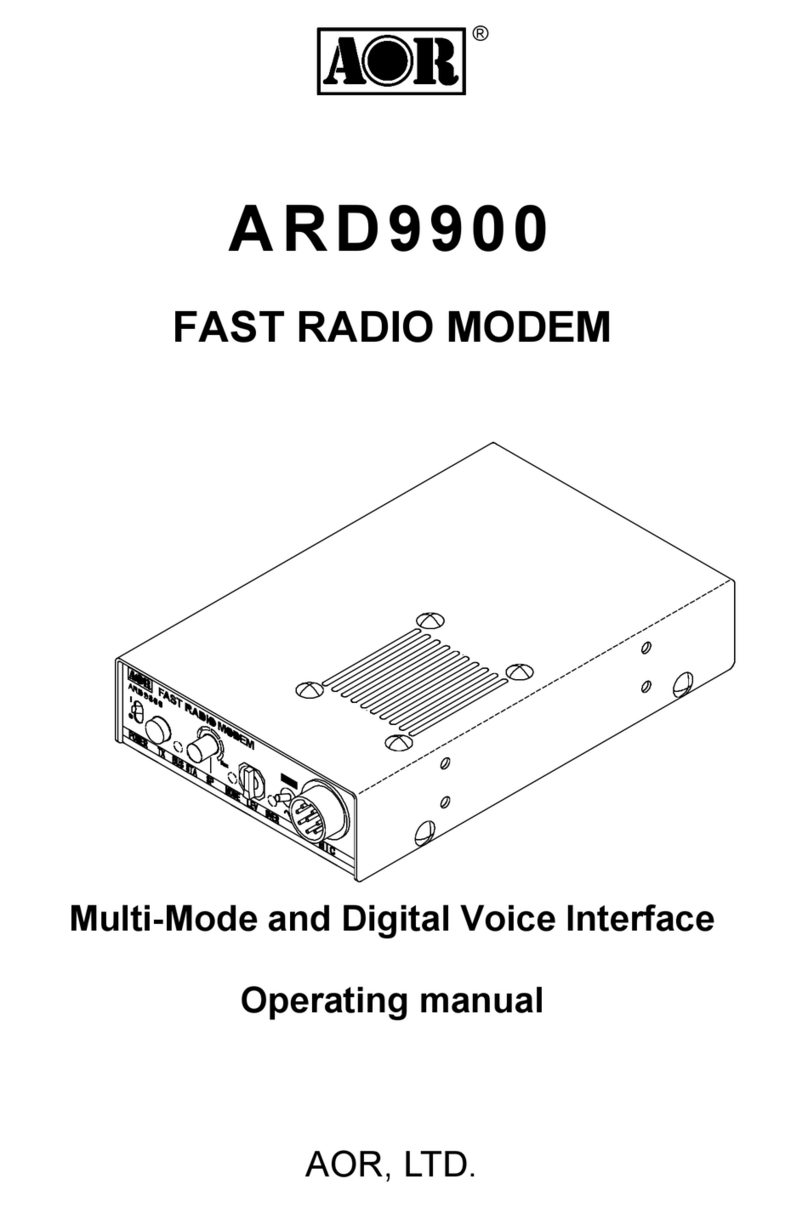SATELLINE-EASy Pro 35W
User Guide v.1.4
7
9.2.3 Changing frequency (active radio channel frequency) ................................................. 42
9.2.4 Changing reference frequency.................................................................................. 43
9.2.5 Changing channel spacing ...................................................................................... 44
9.2.6 Changing radio settings .......................................................................................... 45
9.2.7 Free channel scan................................................................................................... 46
9.2.8 Changing addressing settings (primary and secondary RX- and TX-addresses) ................ 47
9.2.9 Changing serial port settings (Port 1)......................................................................... 48
9.2.10 Modification of handshaking functions ...................................................................... 50
9.2.11 Special functions..................................................................................................... 52
9.2.12 Modification of routing............................................................................................ 53
9.2.13 Activating tests........................................................................................................ 57
9.2.14 Restoring factory settings.......................................................................................... 57
9.2.15 Info....................................................................................................................... 57
9.2.16 Saving modified settings into the permanent memory .................................................. 58
9.2.17 Updating Firmware ................................................................................................. 58
9.3 Changing parameters using the LCD-display ..................................... 58
9.3.1 Changing frequency (frequency of the active TX/RX radio channel) ............................... 59
9.3.2 CHECKING/CHANGING THE REFERENCE FREQUENCY........................................... 61
9.3.3 Changing radio settings (transmitter power and receiver sensitivity) ............................... 62
9.3.4 Changing addressing.............................................................................................. 64
9.3.5 Changing serial port settings (Port 1)......................................................................... 65
9.3.6 Modification of handshaking functions ...................................................................... 66
9.3.7 Selecting special functions ....................................................................................... 67
9.3.8 Activating tests........................................................................................................ 67
9.3.9 Restoring factory settings.......................................................................................... 68
9.3.10 Adjusting the contrast of the LCD-display................................................................... 68
9.3.11 Saving modified values into the internal memory ........................................................ 69
9.4 Changing parameters using the SL-commands .................................. 69
9.4.1 Frequency.............................................................................................................. 70
9.4.2 Addressing............................................................................................................. 71
9.4.3 Radio parameters ................................................................................................... 71
9.4.4 Other functions ...................................................................................................... 72
10 REPEATER MODE AND ADDRESSING ................................................. 73
10.1 Repeater............................................................................................... 73
10.2 Addressing ........................................................................................... 74
10.2.1 Connection between two points................................................................................ 76
10.2.2 System of one base station and several substations ..................................................... 76
10.3 Using repeaters and addresses in the same system........................... 77
10.3.1 System with several repeaters ................................................................................... 77
10.3.2 Repeater chain using address pairs ........................................................................... 78
10.3.3 Repeater chain using dual addressing ....................................................................... 79
10.3.4 Redundant repeater chain........................................................................................ 79
11 MESSAGE ROUTING ........................................................................... 80
